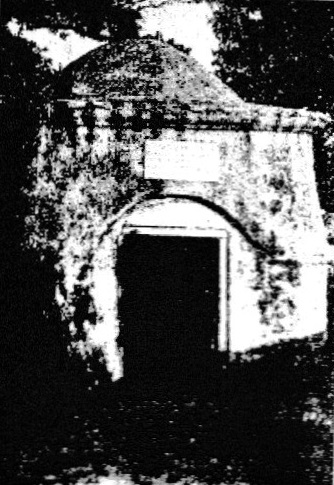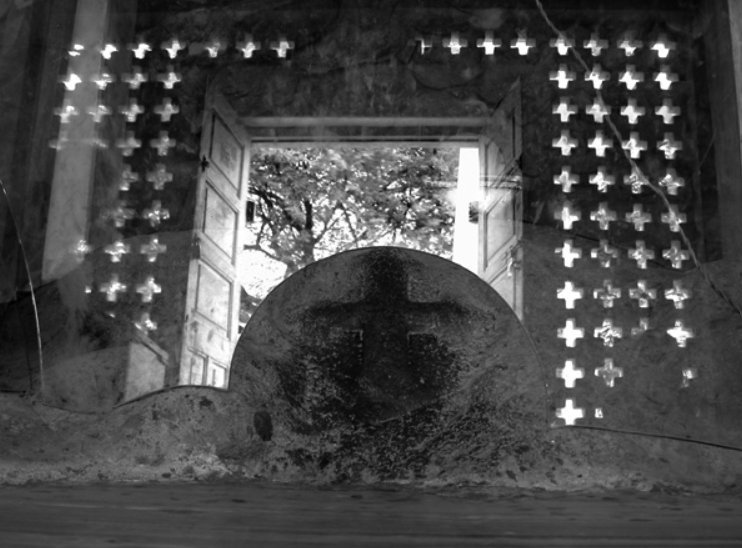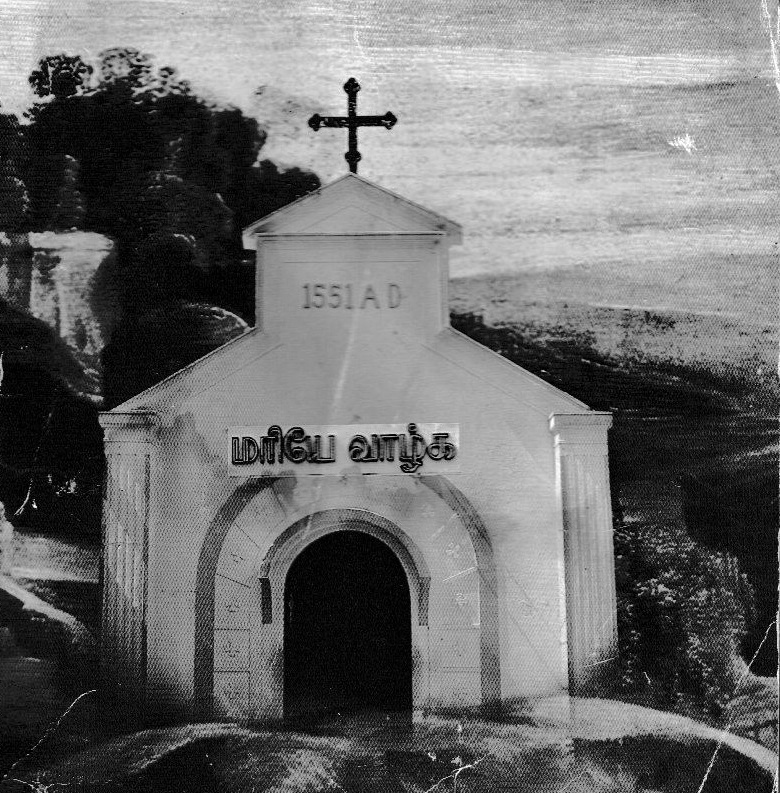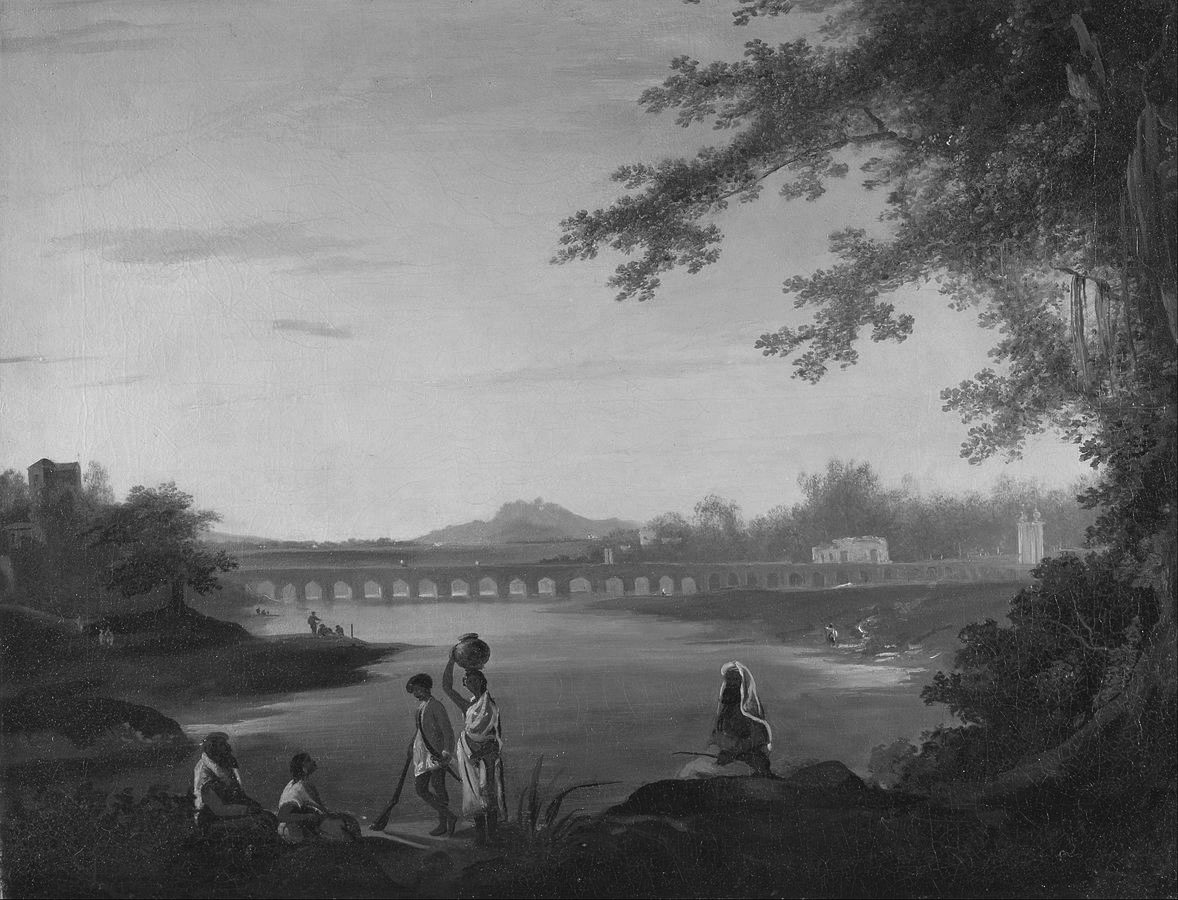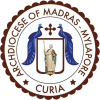History of the
Little Mount Shrine
Remember St. Thomas came to India when many countries in Europe had not yet become Christians and so Indians who trace their Christianity to him have a longer history and a higher ancestry than that of Christians of many of the European countries. And it is really a matter of pride to us…
—Dr. Rajendra Prasad, former President of India
in his speech on St. Thomas Day celebration in new Delhi, 18th Dec 1955
An Apostle’s Home
Little Mount (Chinnamalai in Tamil) is a hillock near the Adyar river in Saidapet. It is traditionally acknowledged as one of the places where the Apostle Thomas lived when he was in India. The Church at Little Mount is one of the oldest Christian sites in the world due to its connection with the Apostle. It dates all the way back to 68 A.D. when St. Thomas was martyred. Since then, from the ancient Rajahs and Nawabs to the Portuguese in 1503 A.D., Little Mount church has always enjoyed special significance in the historic Christian faith.

Three strong traditions attest to the arrival and ministry of St. Thomas in India:
- The apocryphal ‘Acts of the Apostle Thomas’ written perhaps in the 3rd century
- The mention of St. Thomas in India in the early Christian writings of the Fathers
- The community of St. Thomas Christians with their long and strong traditions.
A Trinity of Thomian Churches
We cannot speak about the history of Indian Christianity without mentioning all the three key Church locations in Chennai that witness St. Thomas’ ministry:
- Little Mount, where he lived
- St. Thomas Mount, where he died, and
- The Cathedral Basilica of San Thome, where he was buried
Little Mount is one of the places where St. Thomas lived. He led an austere prayerful life in solitude, often praying on the top of the hillock and preaching the Good News to the local people that gathered there.
Realising the importance of Little Mount, the Portuguese built a church in honour of Our Lady of Health in 1551. Little Mount was then only a steep rocky elevation. It was cleared and levelled for the convenience of the pilgrims. This fact is stated on a big stone installed at the top of the steps towards the north of the hillock. It’s believed that another church, the Church of the Resurrection, had existed at the spot where the cross engraved on rock is now found.
The identification of the Mylapore tomb as the burial place of St. Thomas and the attribution of special sanctity to various areas of the locality—San Thome, St. Thomas Mount and Little Mount—were entirely the work of the Portuguese, who were devoted to the Saints and eager to unearth apostolic origins.
A part of the Church built by the Portuguese still exists even after several renovations and developments around it. On the 19th centenary of St. Thomas, in 1972, a new circle-shaped church was constructed. It was done to accommodate the ever-increasing parishioners and pilgrims.
Apart from the church and chapel buildings, many ancient artifacts have been preserved for us to experience even today! These include the cave where the Apostle lived, his hand and foot prints, two stone crosses carved by him, a spring of water miraculously created by him, and more!

St. Thomas Mount
This hillock, also known as Big Mount (Parangimalai in Tamil), is where St. Thomas escaped to when soldiers attacked him at Little Mount. And it is here that a soldier’s spear finally killed him as he was climbing up the Mount. On the top of this Mount, a shrine dedicated to “Our Lady of Expectation” (Mother Mary) was built in 1523. The altar of this shrine stands right where St. Thomas died.

San Thome Cathedral & Basilica
The Apostle’s mortal remains were buried in the location over which the present-day San Thome Cathedral Basilica stands. It was initially built by a group of Nestorian Christians from Persia. After it fell to ruins in 1522, the Portuguese moved the Apostle’s remains to a new tomb and Church, which attained the status of a Cathedral in 1606. Pope Pius XII honoured the Cathedral Church of the Archdiocese of Madras-Mylapore, raising her to the dignity and rank of Minor Basilica by apostolic brief dated 16th March 1956.
A few photos to relive the past…
Click on any image to launch slideshow
- A view of the old Grotto and chapel
- The older structure of the circular church
- The original structure for the miraculous spring
- Bleeding Cross of St. Thomas
- The old chapel built over St. Thomas Cave
- Painting of the Marmalong Bridge at Saidapet
- Plaque at the Marmalong Bridge (Saidapet) dated 1726 AD



